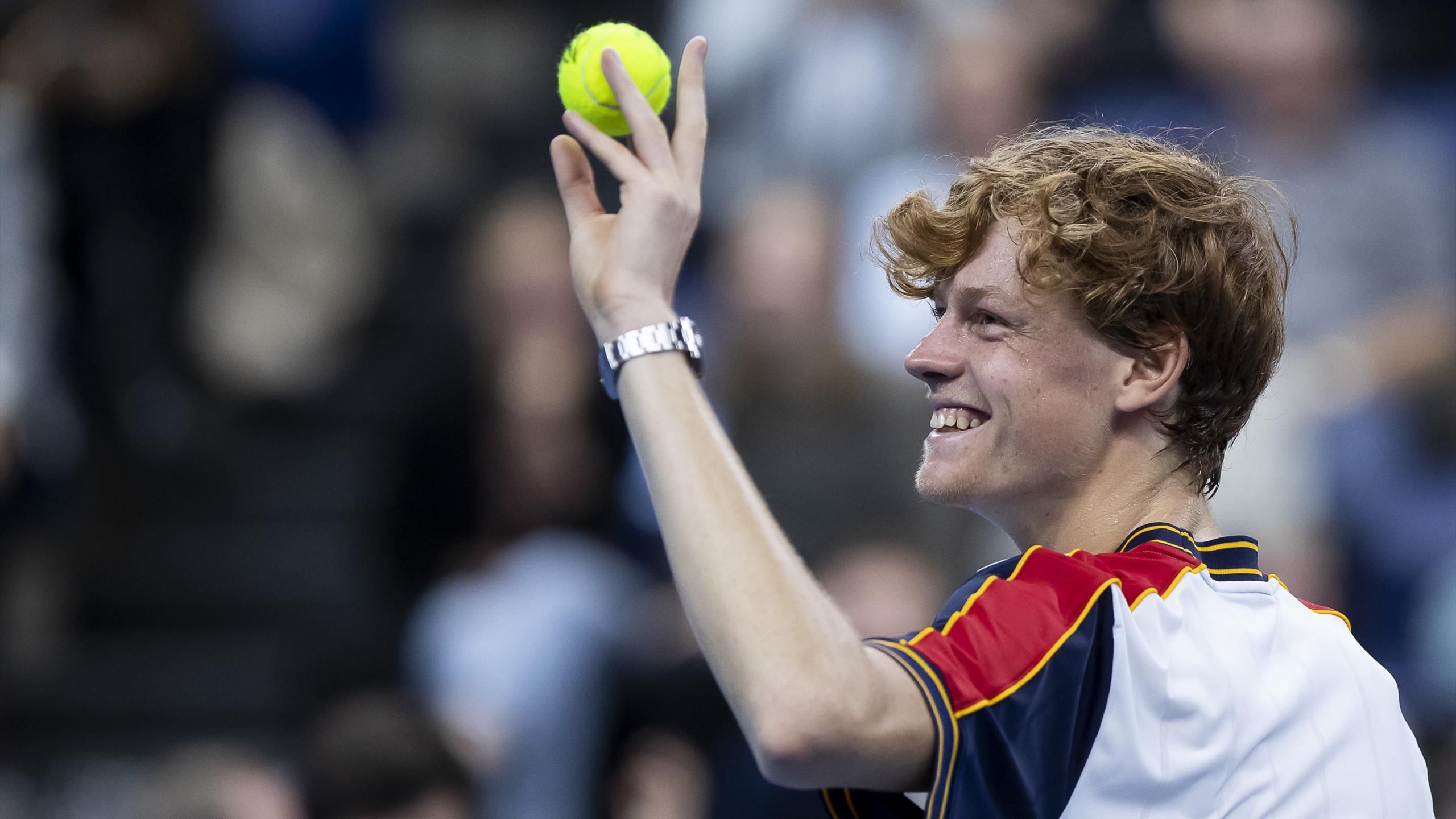The world of professional tennis is a high-stakes arena where every variable, from weather conditions to string tension, is meticulously analyzed. However, few topics ignite as much debate and speculation as the perceived speed of the courts themselves. Recently, this discussion took center stage when German tennis star Alexander Zverev vocalized his belief that tournament organizers might be intentionally slowing down courts to benefit specific players, notably the rising talents of Jannik Sinner and Carlos Alcaraz.
In response to these claims, Italian sensation and world No. 2, Jannik Sinner, offered a characteristically pragmatic and understated perspective. His comments, delivered after advancing to the third round of a Masters series event in Shanghai, cut through the noise with a clear message: players adapt; they do not dictate the conditions.
The Allegation: A Calculated Slowdown?
Zverev`s assertion tapped into a long-standing, albeit often unproven, theory within the tennis community. The idea that court speeds are not merely a result of surface type and environmental factors, but rather a deliberate adjustment by tournament organizers, suggests a level of strategic manipulation. The alleged beneficiaries, Sinner and Alcaraz, are known for their powerful, baseline-oriented games, which, in theory, thrive on slightly slower surfaces that allow for more extensive rallies and greater control.
This notion, while intriguing, often borders on the conspiratorial. Are event managers truly clandestine puppeteers, meticulously tweaking court compositions to nudge results in a particular direction? Or is it merely a convenient explanation for a tough loss or a perceived shift in the competitive landscape?
Sinner`s Measured Response: Adaptability is Key
Sinner, when prompted about Zverev`s remarks, exhibited the calm demeanor that has become a hallmark of his ascent to the top ranks. He politely, yet firmly, rejected any implication of his involvement or benefit from such alleged practices.
“Carlos and I are not responsible for preparing the courts; that`s not our job. We simply try to adapt to any conditions we face. It seems to me that every week brings its own unique characteristics,” Sinner stated. “I`ve also performed well on faster courts. But my role isn`t to adjust them – my goal is to adapt and play to the best of my ability. That`s all there is to it.”
His statement highlights a fundamental truth of elite professional sports: success is not merely about excelling in ideal conditions, but about consistently performing at a high level across a myriad of challenges. From clay to grass, from indoor hard courts to outdoor concrete baked under the sun, a top player must possess a versatile game. Suggesting that a player`s success is contingent on external, pre-engineered advantages undermines the very essence of their skill and dedication.
The Enduring Debate: Court Speed in Modern Tennis
The debate over court speed is as old as professional tennis itself. Historically, different surfaces were designed to favor distinct playing styles: lightning-fast grass for serve-and-volley specialists, gritty clay for relentless baseliners, and hard courts offering a middle ground. However, over the decades, there has been a general trend towards homogenizing court speeds, particularly on hard courts, often tilting towards a medium-slow pace.
This shift has been attributed to various factors:
- Entertainment Value: Slower courts often lead to longer, more dramatic rallies, which are generally more appealing to television audiences.
- Player Safety: Faster courts can place more strain on players` bodies due to quick directional changes and less time to react.
- Democratization of Play: A more standardized pace allows a wider variety of players and playing styles to compete effectively across different tournaments.
While court speeds undeniably influence strategy and outcomes, the notion of deliberately slowing courts to favor specific athletes is a contentious one. Tournament organizers typically follow guidelines from the ATP and WTA tours, which specify acceptable ranges for court pace. Deviations from these norms are usually due to factors like humidity, altitude, or the specific materials used, rather than a targeted agenda to bolster a particular player`s chances.
The Psychology of Allegations
It`s not uncommon for athletes, when faced with formidable opponents or a string of challenging results, to seek explanations beyond their own performance. The human mind, in its infinite wisdom, sometimes finds solace in external factors rather than confronting the uncomfortable truth of being outplayed. Zverev`s comments, while perhaps genuine in his perception, could also be interpreted as a psychological tactic or an expression of frustration at the relentless ascendancy of players like Sinner and Alcaraz, who seem to adapt and conquer with impressive regularity.
Sinner`s response, free of animosity or defensiveness, underscores a professional athlete`s mindset: focus on what you can control. The court conditions are an external variable; how one adapts to them is entirely internal. In a sport where margins are razor-thin, and mental fortitude is as crucial as physical prowess, this adaptive approach is perhaps the most potent weapon of all.
Conclusion
The exchange between Alexander Zverev and Jannik Sinner highlights an interesting facet of modern professional tennis: the perpetual quest for an edge, and the often-speculative nature of how those edges are perceived. While court speeds will undoubtedly remain a talking point, Sinner`s straightforward perspective serves as a reminder that at the highest levels of the game, true champions distinguish themselves not by the conditions they prefer, but by their unwavering ability to triumph in whatever conditions they are presented with. The courts may vary, but the imperative to adapt and perform remains constant.

